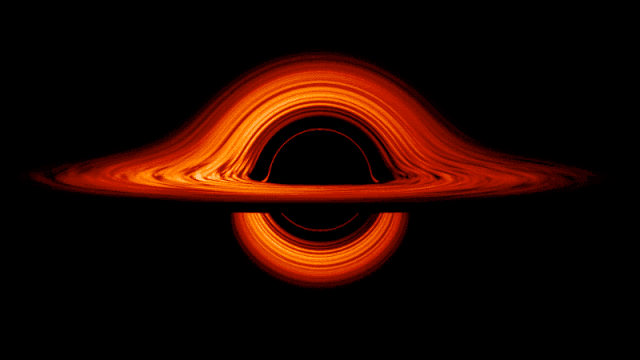james bond
Gold Member
- Oct 17, 2015
- 13,407
- 1,802
- 170
Hm.. atheists are usually wrong?
"When physicists say black holes don't have "hair," said Maximiliano Isi, a physicist at MIT and lead author of the paper, they mean that astrophysical objects are very simple. Black holes only differ from each other in three ways: rate of spin, mass and electric charge. And in the real world, black holes probably don't differ much in electrical charge, so they really only differ in terms of mass and spin. Physicists call these bald objects "Kerr black holes."
Related: 11 Fascinating Facts About Our Milky Way Galaxy
That hairlessness makes black holes very different from just about every other object in the universe, Isi told Live Science. When a real bell rings, for example, it emits sound waves and some undetectable, incredibly faint gravitational waves. But it's a much more complicated object. A bell is made of a material, for example (bronze maybe, or cast iron), while according to the no-hair model, black holes are all uniform singularities. Each bell also has a somewhat unique shape, whereas black holes are all infinitesimal, dimensionless points in space surrounded by spherical event horizons. All those features of a bell can be detected in the sound that a bell makes — at least if you know something about bells and sound waves. If you could somehow sense a bell's gravitational waves, you'd detect those differences in bell composition and shape in them as well, Isi said.
"The secret to this whole business is that the waveform — the pattern of this stretching and squeezing — encodes information on the source, the thing that made this gravitational wave," he told Live Science."
Stephen Hawking was wrong. Black holes are bald.
"When physicists say black holes don't have "hair," said Maximiliano Isi, a physicist at MIT and lead author of the paper, they mean that astrophysical objects are very simple. Black holes only differ from each other in three ways: rate of spin, mass and electric charge. And in the real world, black holes probably don't differ much in electrical charge, so they really only differ in terms of mass and spin. Physicists call these bald objects "Kerr black holes."
Related: 11 Fascinating Facts About Our Milky Way Galaxy
That hairlessness makes black holes very different from just about every other object in the universe, Isi told Live Science. When a real bell rings, for example, it emits sound waves and some undetectable, incredibly faint gravitational waves. But it's a much more complicated object. A bell is made of a material, for example (bronze maybe, or cast iron), while according to the no-hair model, black holes are all uniform singularities. Each bell also has a somewhat unique shape, whereas black holes are all infinitesimal, dimensionless points in space surrounded by spherical event horizons. All those features of a bell can be detected in the sound that a bell makes — at least if you know something about bells and sound waves. If you could somehow sense a bell's gravitational waves, you'd detect those differences in bell composition and shape in them as well, Isi said.
"The secret to this whole business is that the waveform — the pattern of this stretching and squeezing — encodes information on the source, the thing that made this gravitational wave," he told Live Science."
Stephen Hawking was wrong. Black holes are bald.

